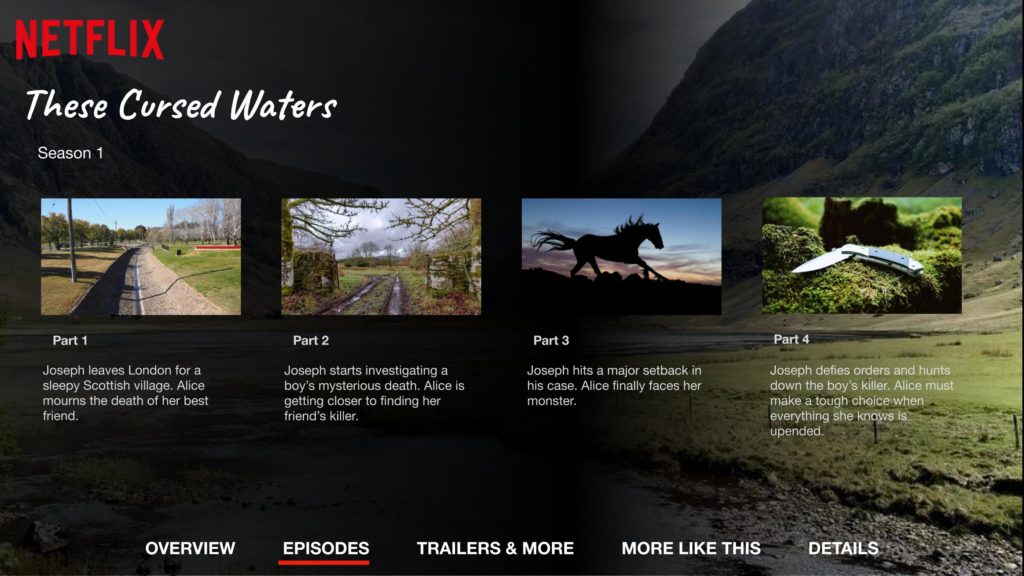 Musings
Musings
Undertaking a Structural Edit: Part 1 – Planning
In 2020, I was awarded the Anne Edgeworth Fellowship to develop my manuscript, The Selkie Curse. The fellowship is generously funding a manuscript assessment and a mentorship. Along with the funds and my project work, those who win the fellowship are expected to undertake some community outreach. This post is the first in a series that I will be writing over the next few months about the process of structural editing. I hope to share my progress as well as any insights I uncover into the challenging task of editing my own novel.
About The Selkie Curse: Elsa and her mother, Queen Tiari, are at war with the Fisherman Kingdom. The young king of the Fishermen blames Queen Tiari for his father’s death, and he is set to destroy Tiari’s queendom. It is up to Elsa, and her best friend Aada, to find a way to end the war and save their home.
My first step in performing a structural edit was to plan it all out. I spent several days collecting every resource I had from workshops, theory books and editors, to compile a master list of tasks to be done. It was huge and needed a lot more structure in order to execute. So, I did what any sane person would, and made a spreadsheet. A spreadsheet with multiple tabs and tables.
I then broke down all of my information into stages of how I would tackle each component of the structural edit. The plan was to start at the highest level of my novel and work my down to the line-level detail. With everything in order, and the spreadsheet looking pretty, I was ready to start my re-read.
I left my manuscript for two months before starting the re-read. In the meantime I began working on another project to help distance myself from the plot, characters and world. This gave me a fresh perspective on the first draft. What did I find in that first re-read? Lots of mistakes. Spelling, grammar, what have you. But there was no time to fix those. I highlighted everything that stood out as important or terrible prose and moved on. The re-read also gave me a good sense of what did and didn’t work with the manuscript. Flat character arcs, timelines that didn’t add up and shallow worldbuilding.
Using my magic spreadsheet, I set about describing the book as how it was versus what I want to be at the highest level. Did the opening ask a question? Was that question answered at the end of the book? Were my acts balanced? Who is my target audience? What is my main genre? With all of these answered I felt ready (if nervous) to proceed. There was a lot to do!
I was fortunate to meet with my mentor, the lovely and wisdom-filled Leife Shallcross. She shared a fascinating insight into her trials in structural editing and helped me to unpick some of my nastier problems. She also issued me a challenge – to assign my book AO3 tags (more about tags here). I’ve given it a go here:
- #LGBTQ Themes
- #Slow Burn
- #Angst
- #Feelings
- #mythical beings
- #enemies to lovers
- #blood
- #family secrets
- #ballroom dancing
- #environmentalism
My next post will be about how I went about fixing the big issues across my manuscript. In the meantime, I will be working hard on the edits!
My key insights from the last few weeks:
- Give yourself a break from the manuscript, you’ll be surprised at how much needs work, but also how much solid gold you have that will just need polishing.
- Keep breaking down the tasks until they seem easy or at least manageable. Can it be done in under and hour? Will you clearly know when that task is done?
- Start at the highest level of your manuscript. What is your dramatic question? Is it in the opening paragraph/scene/chapter? Do you answer it by the end of the manuscript?



